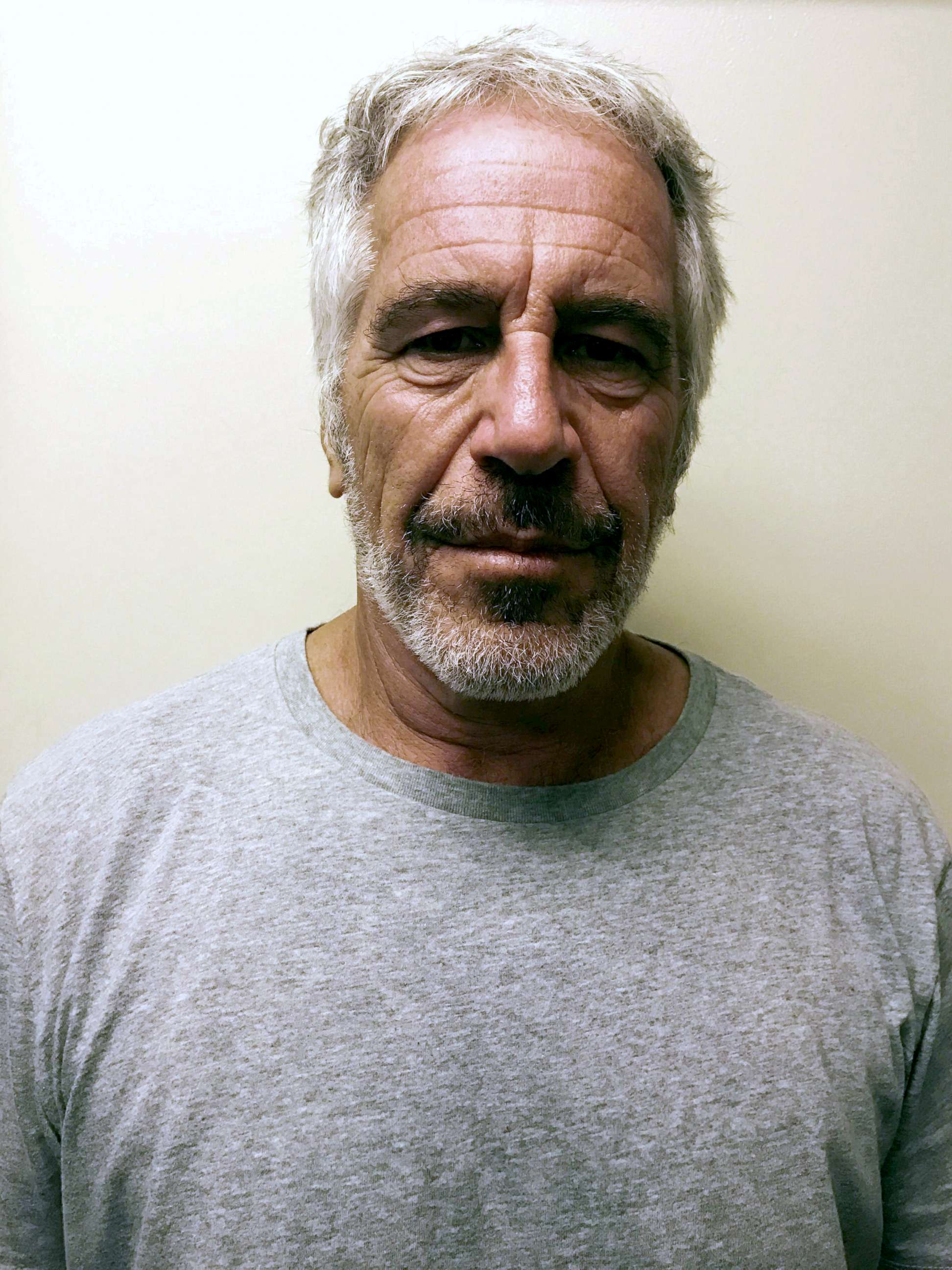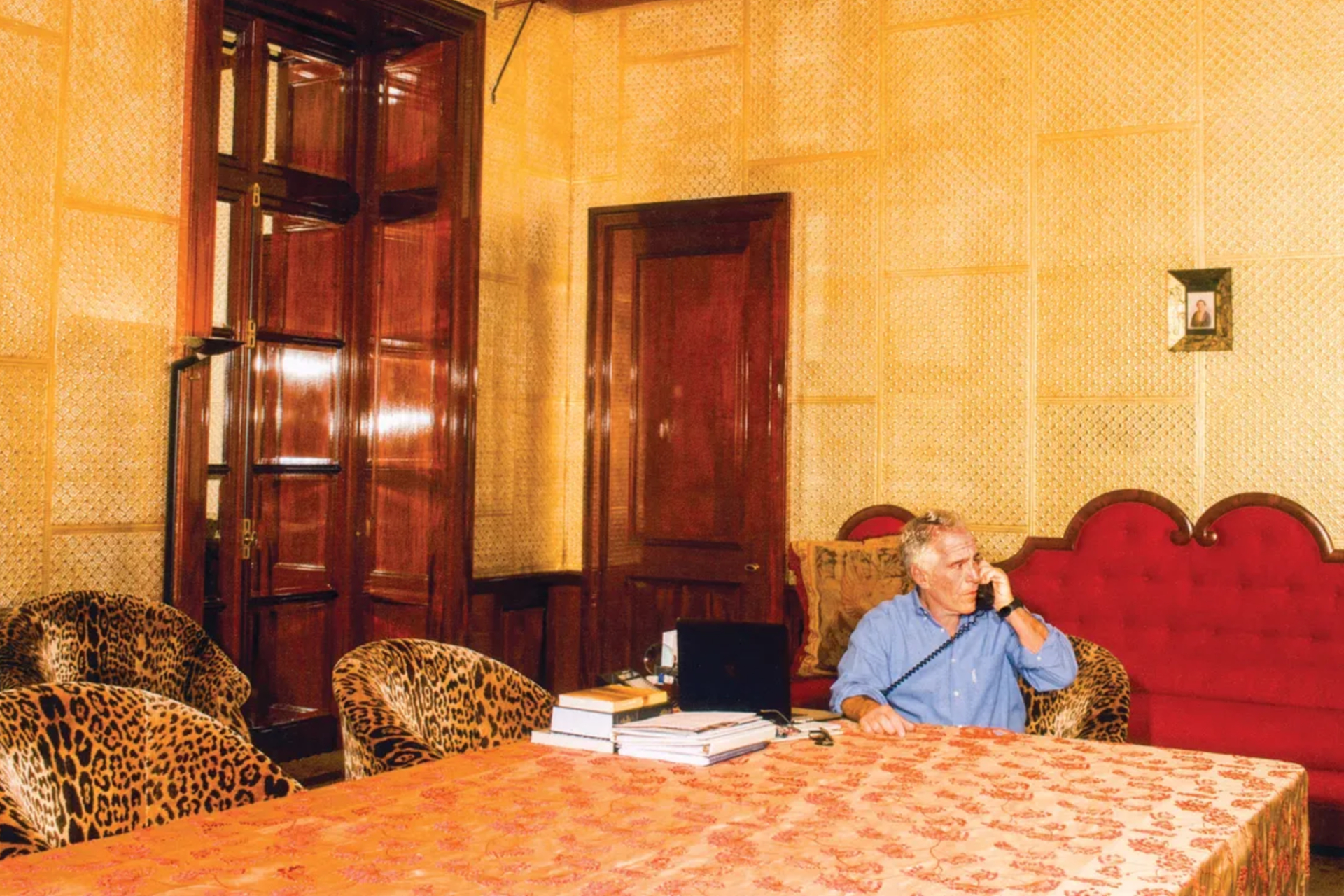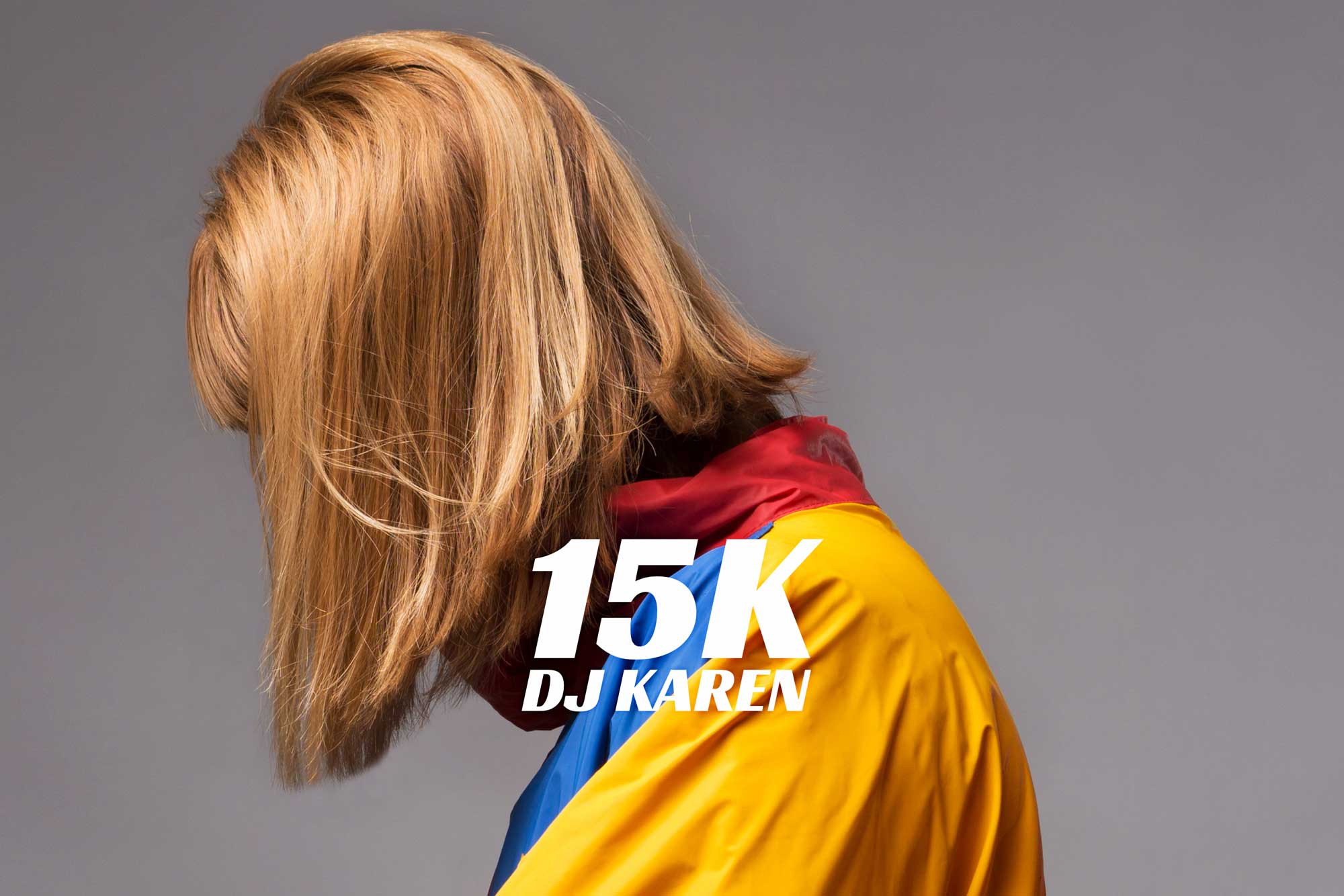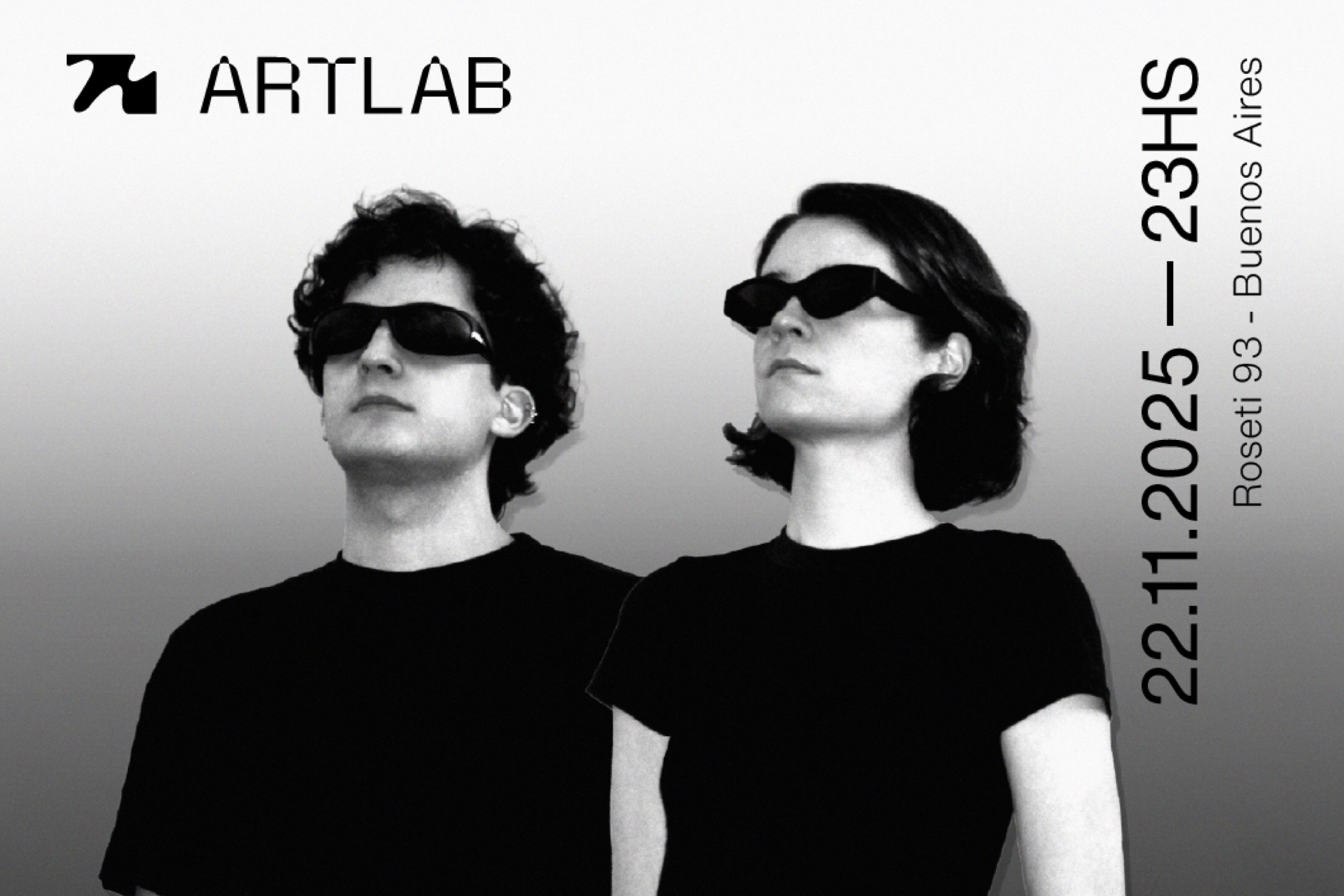La historia de Epstein no es solo la de un depredador con dinero. Es el relato de cómo la arquitectura —la mansión de Manhattan, la isla remodelada por un arquitecto estrella, el “templo” convertido en fetiche conspirativo— se transformó en escenografía de una maquinaria de explotación cuidadosamente maquillada. También es la historia de cómo la academia más prestigiosa y las élites tecnológicas se dejaron seducir por su dinero, y de cómo, antes de que existieran las redes sociales, el poder de las relaciones públicas podía blindar reputaciones y sepultar rumores incómodos en páginas sociales y cenas de beneficencia.
Entre fiestas caribeñas, fotos con presidentes y templos absurdos, se desplegaba un entramado de contactos que no solo protegía a un monstruo, sino que lo volvía presentable, deseable, parte de un circuito exclusivo. La complicidad de los poderosos —que sabían, sospechaban o simplemente eligieron callar— fue tan decisiva como los muros de sus mansiones. Y cuando el monstruo finalmente se volvió demasiado visible, ya era tarde: la fachada de lujo y filantropía se resquebrajaba para revelar lo que siempre había estado detrás.
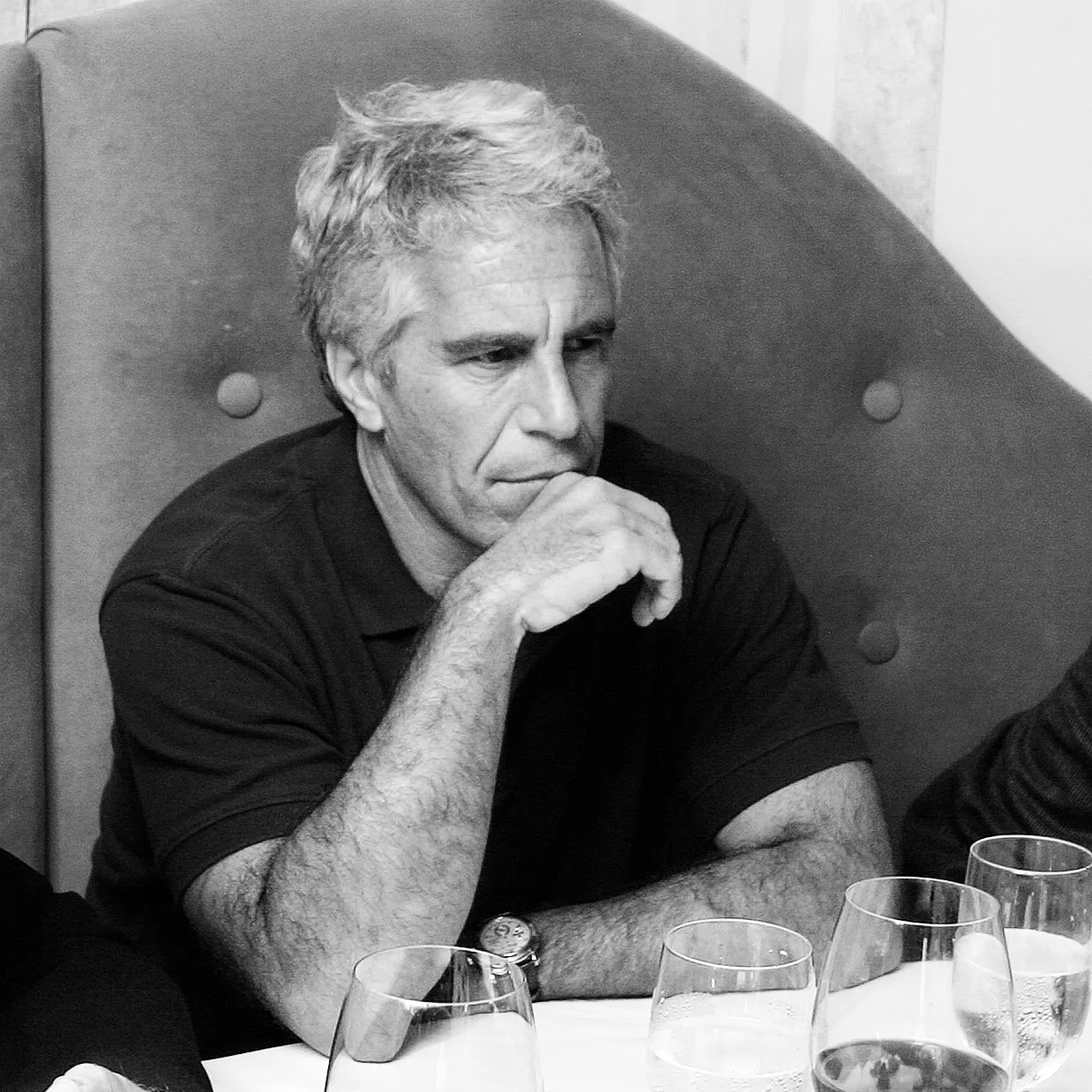
The story of Epstein is not just that of a predator with money. It is the account of how architecture—the Manhattan mansion, the island redesigned by a star architect, the “temple” turned into a conspiratorial fetish—became the backdrop for a carefully staged machinery of exploitation. It is also the story of how the most prestigious academia and the tech elite let themselves be seduced by his money, and of how, before the internet, the power of public relations could shield reputations and bury uncomfortable whispers in society pages and charity dinners.
Between Caribbean parties, photos with presidents, and absurd temples, there unfolded a web of connections that did not merely protect a monster, but made him presentable, desirable, a fixture in an exclusive circuit. The complicity of the powerful—those who knew, suspected, or simply chose to remain silent—was as decisive as the walls of his mansions. And when the monster finally became too visible, it was already too late: the façade of luxury and philanthropy cracked, exposing what had always been hiding behind it.
La casa en Manhattan: la guarida del anfitrión
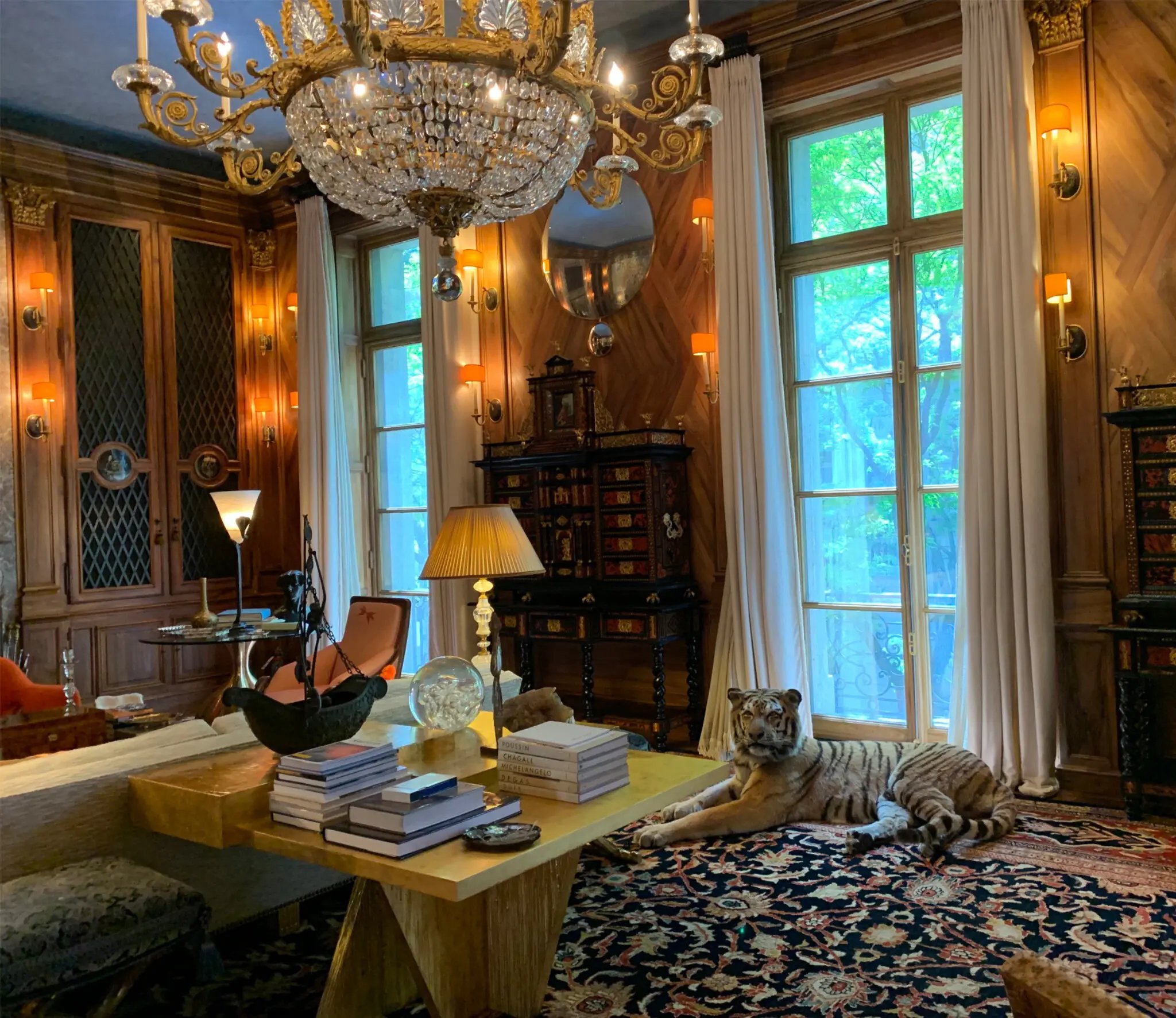
En el 9 East 71st Street, un palacio de siete pisos con pasado oscuro —donado en los 90 por el magnate Leslie Wexner—, Jeffrey Epstein construyó la fachada perfecta para su reinado. Los visitantes lo describían como un espacio opresivo y teatral: pisos de mármol, maderas oscuras, un mural gigante con un paisaje caribeño, fotos enmarcadas con Clinton y Trump, y en la biblioteca, un trofeo provocador: una primera edición de Lolita.
El FBI encontró allí murales sexuales, retratos de mujeres adolescentes y estanterías con manuales de anatomía. El salón principal, diseñado como si fuera un club privado, era más un escenario que una casa: un lugar para impresionar a presidentes, actores y CEOs.
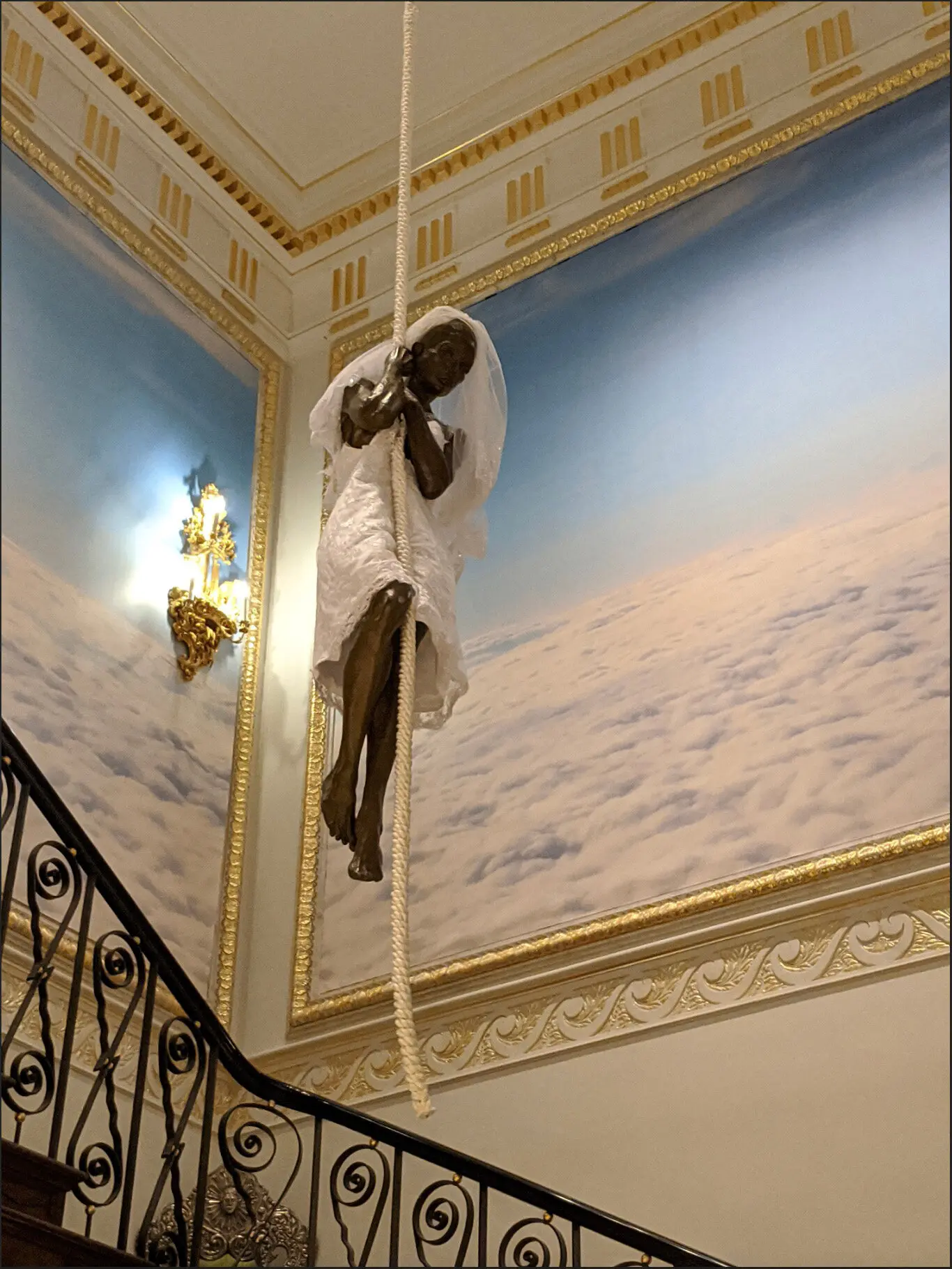
At 9 East 71st Street, inside a seven-story townhouse once owned by Leslie Wexner, Jeffrey Epstein staged his reign. Visitors described it as suffocating yet theatrical: marble floors, dark woods, a Caribbean landscape mural, framed photos with Clinton and Trump, and in the library, a trophy designed to provoke — a first edition of Nabokov’s Lolita.
The FBI later found erotic murals, portraits of young women, and shelves stacked with anatomy manuals. The main salon, more club than home, was a stage set for presidents, actors, and billionaires, a place where luxury camouflaged predation.
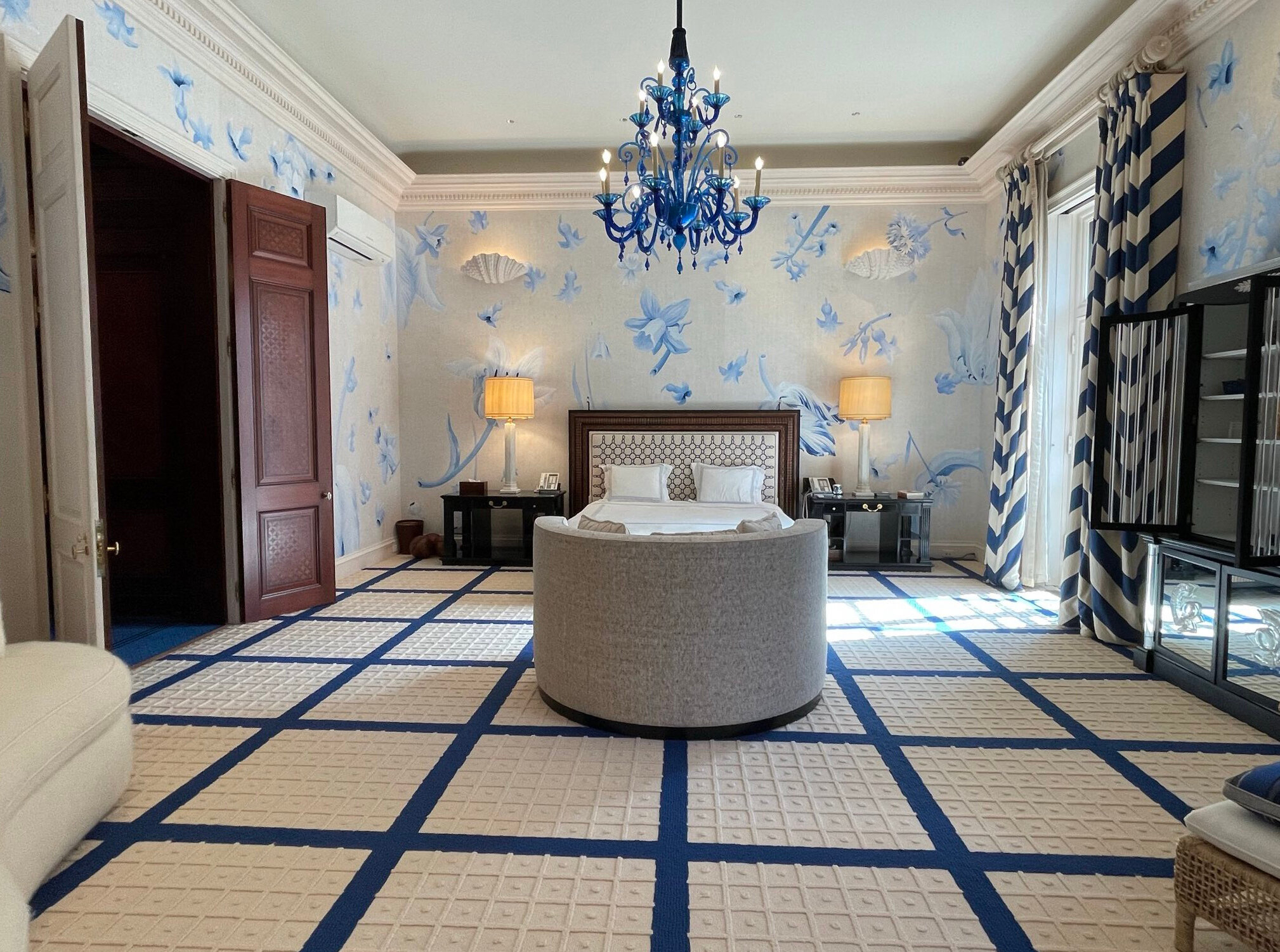
La isla: Little Saint James
Little Saint James fue el epicentro del mito. Con apenas 70 acres, Epstein lo transformó en un resort privado de lujo y perversión. El arquitecto Edward Tuttle, célebre por los resorts Aman, remodeló la mansión central en 2003: líneas limpias, muros blancos, balcones abiertos al mar Caribe, piscinas infinitas y jardines donde palmeras plantadas en cuadrícula componían la postal de un catálogo de viaje.
Pero la estrella era el “templo”: un cubo de rayas azules y blancas coronado por una cúpula dorada. En fotos satelitales, parecía un santuario ocultista. En su interior, testigos hablaron de un gimnasio con espejos, un piano Wurlitzer, un sofá gris y la foto en topless de una mujer. Lo trivial se volvía siniestro. En esas instalaciones se organizaban fiestas con modelos, músicos y príncipes, siempre con un círculo de adolescentes reclutadas. La isla era, a la vez, fantasía arquitectónica y escenario de crímenes sistemáticos.
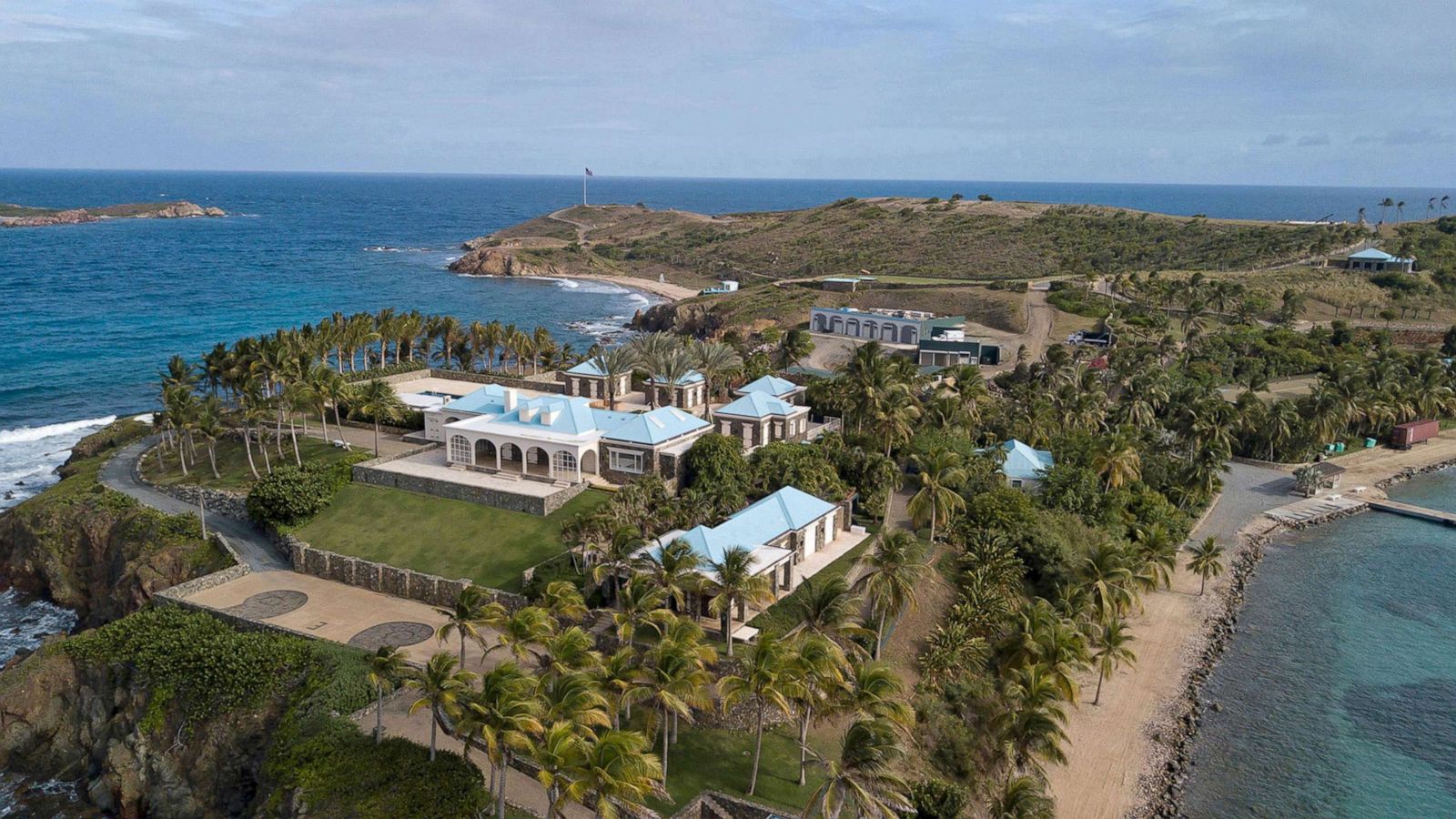
Far from Manhattan, Little Saint James was the true core of his empire. Just 70 acres, yet imagined as a luxury resort of secrecy and vice. In 2003, architect Edward Tuttle, best known for Aman resorts, remodeled the main villa: minimalist white walls, sweeping balconies over the Caribbean, infinity pools, and gardens of palm trees planted in strict rows.
But the icon was the so-called “temple”: a cube striped blue and white, topped with a golden dome. Online, it became a beacon for occult speculation. Inside, it was banal and grotesque at once: a gym, mirrors, a Wurlitzer piano, a gray sofa, and a topless portrait of a woman. The island hosted parties with models, princes, musicians, and scientists — always shadowed by the presence of girls recruited by Epstein and Ghislaine Maxwell. Architecture as theater, and the theater as cover for systematic abuse.
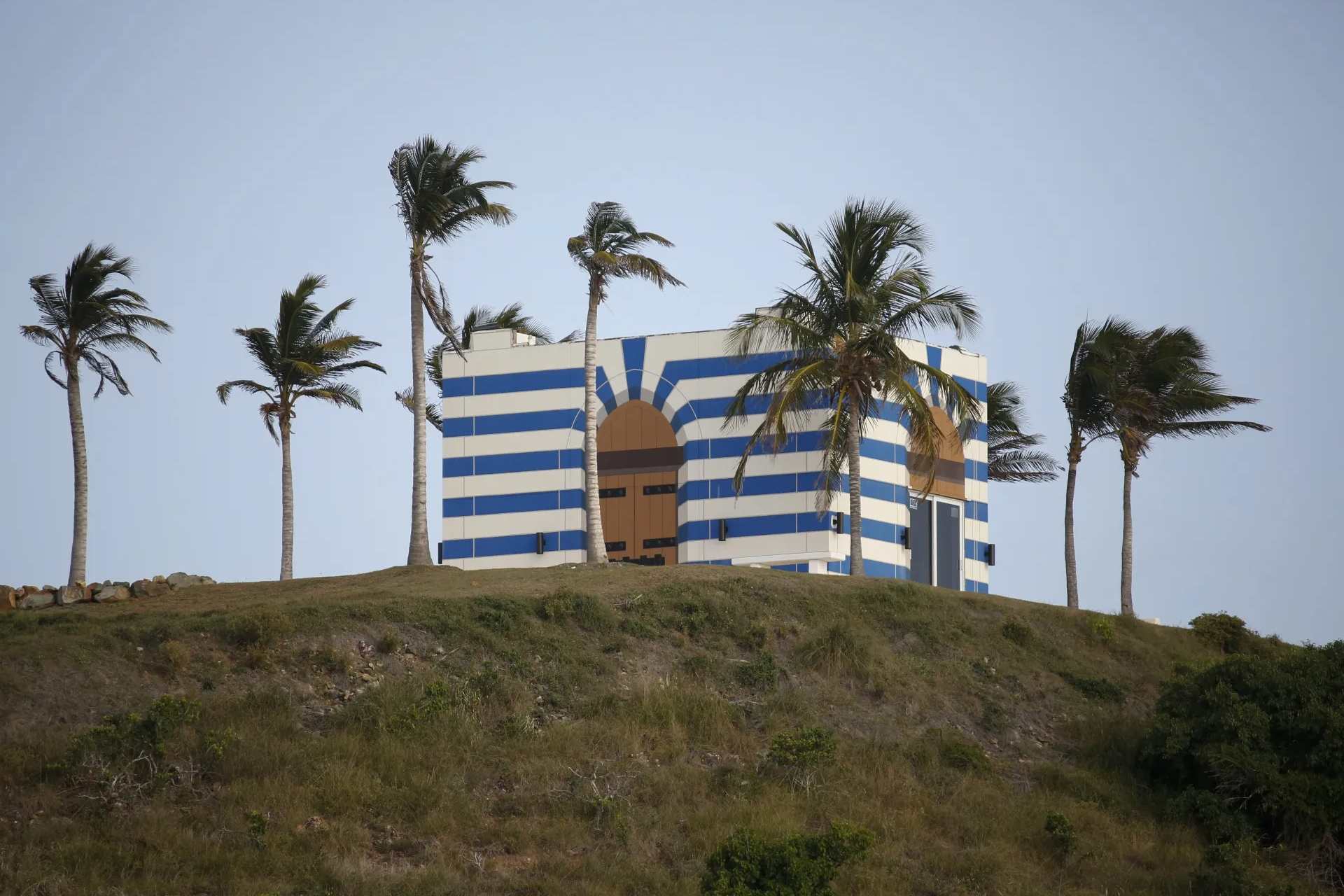
Fiestas, élite y farándula
Epstein cultivaba un aura de maestro de ceremonias. Sus fiestas mezclaban a científicos de Harvard y MIT, actores de Hollywood, príncipes europeos, Naomi Campbell, Woody Allen, Donald Trump. Entre 2011 y 2013, incluso Bill Gates cenó en su mansión, en reuniones que combinaron filantropía y sugestión. El MIT Media Lab aceptó millones gestionados por él a través de Gates y Leon Black. Harvard, por su parte, no solo aceptó su dinero: Epstein tenía su propia oficina en el campus y patrocinaba investigaciones de biología matemática. Su estrategia era clara: usar la academia como legitimación social.

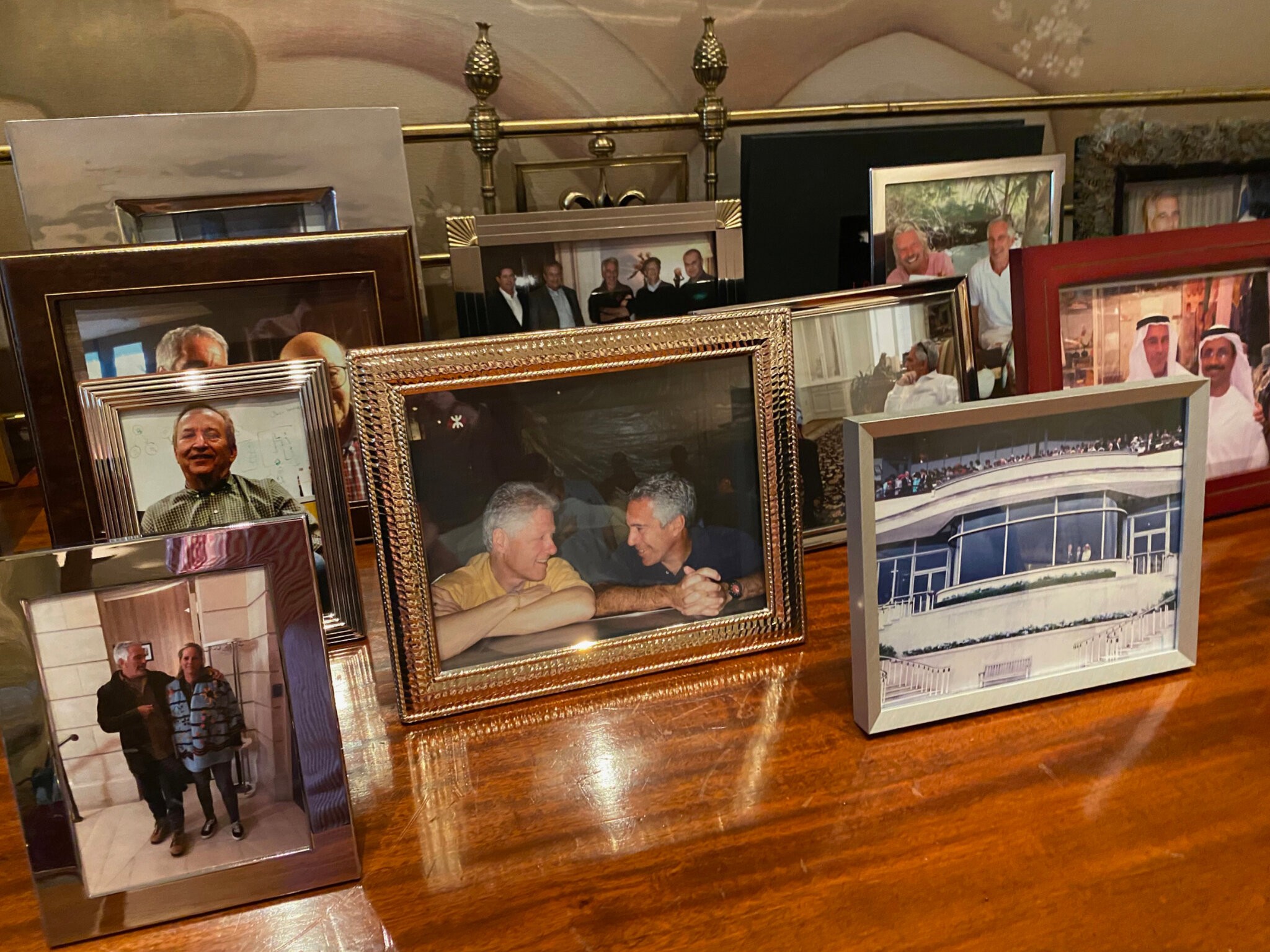
En paralelo, Silicon Valley entraba en su órbita. Reid Hoffman, Larry Summers, Elon Musk aparecían en los registros de vuelos y cenas. A muchos les atraía su promesa de financiar ciencia “visionaria”, de genética a criogenia. Epstein funcionaba como una pieza de lubricación social entre el poder económico y el deseo de trascendencia tecnológica.
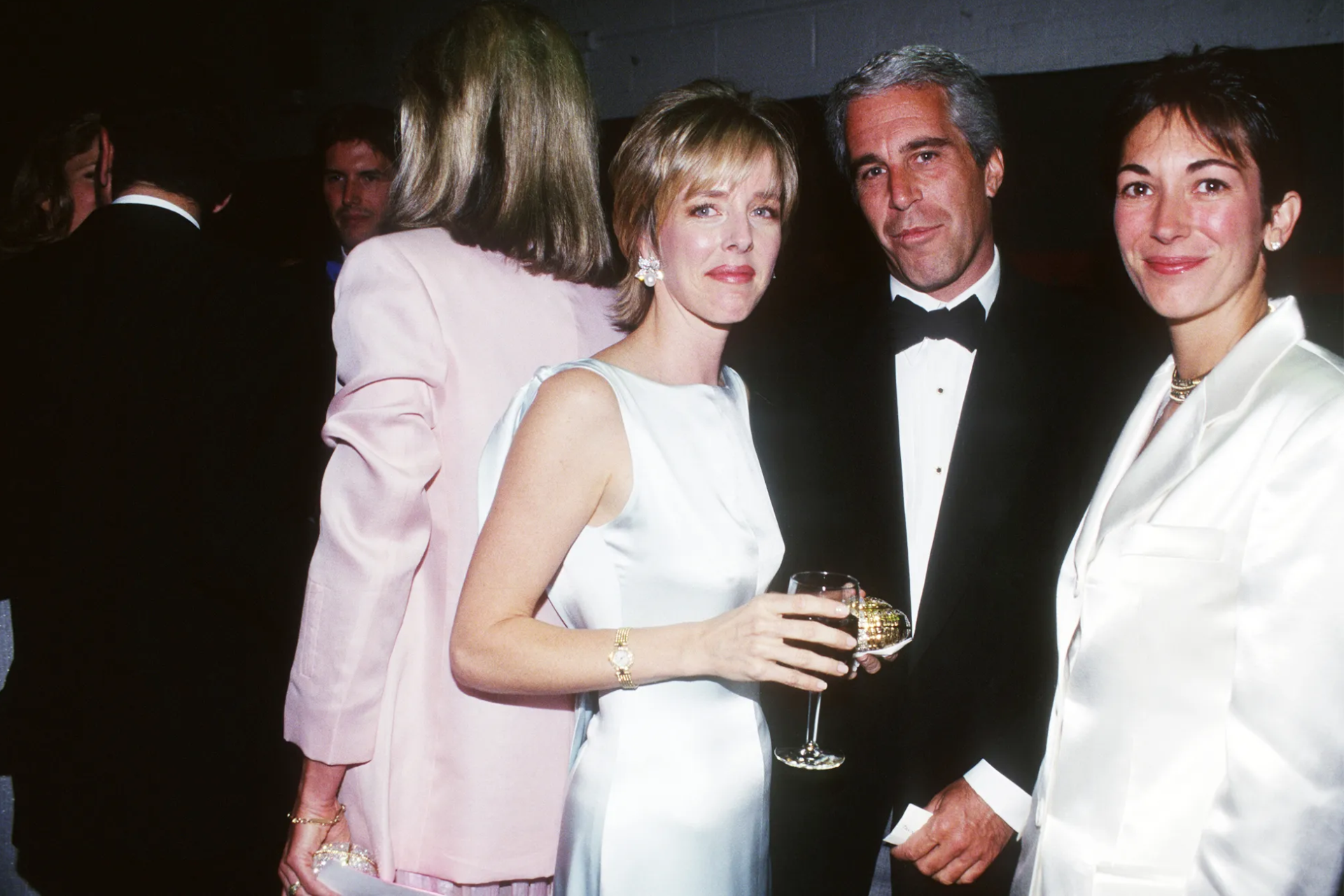

Epstein mastered the role of social alchemist. His parties blurred the lines between Hollywood, high finance, and academia. Naomi Campbell, Woody Allen, Prince Andrew, even Donald Trump drifted through his soirées. Between 2011 and 2013, Bill Gates dined at his mansion. At Harvard, Epstein had an office and funded Martin Nowak’s evolutionary biology program; at MIT’s Media Lab, he funneled millions through figures like Gates and Leon Black, forcing Joi Ito to resign when the relationship was revealed.
In Silicon Valley, names like Elon Musk and Reid Hoffman appeared in logs and dinners, seduced by his promise of visionary science funding — genetics, cryonics, life-extension. Epstein used academia the way he used architecture: as a mask for legitimacy.

Ghislaine Maxwell: la arquitecta social
En ese ecosistema, Ghislaine Maxwell fue la pieza clave. Cosmopolita, políglota, hija del magnate Robert Maxwell, actuaba como curadora social. Invitaba, organizaba, reclutaba. Sus entrevistas recientes en prisión la muestran aún en negación, describiéndose como “compañera” de Epstein, no cómplice. Pero sobrevivientes la señalan como la mano que seleccionaba y disciplinaba a las jóvenes. En las fiestas, Maxwell era la anfitriona sonriente que escondía la logística del horror.
If Epstein was the impresario, Ghislaine Maxwell was the architect of the guest list. Daughter of publishing mogul Robert Maxwell, she embodied European cosmopolitan glamour, fluent in five languages, and welcomed everyone from royalty to scientists. Survivors recall her as the recruiter — the one who sourced, trained, and normalized the presence of teenage girls. At parties, she was the smiling hostess; behind the curtain, she was the logistics manager of a predatory machine.
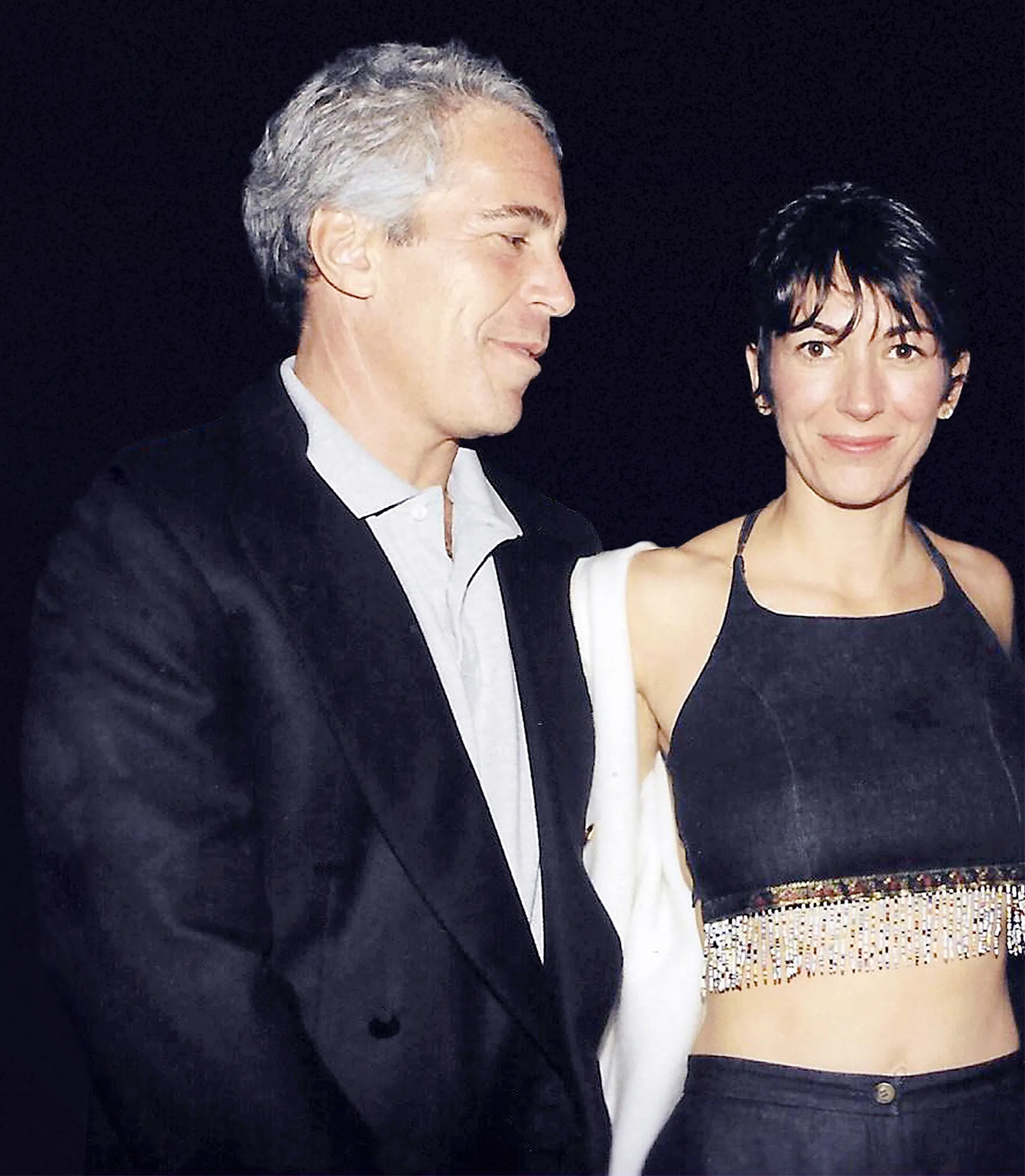
El fin en prisión
El 6 de julio de 2019, el FBI lo arrestó en Nueva Jersey. En su mansión encontraron miles de fotos de menores, discos duros escondidos, dinero en efectivo y diamantes. La prisión de máxima seguridad en Manhattan fue su última guarida: allí murió semanas después en un supuesto suicidio plagado de irregularidades. Cámaras apagadas, guardias dormidos, informes inconsistentes. Para muchos, su muerte fue la última puesta en escena, protegida por quienes no podían permitirse que hablara.
On July 6, 2019, the FBI arrested Epstein in New Jersey. His townhouse yielded diamonds, cash, hard drives, and thousands of images of underage girls. In the Manhattan Detention Center, he lasted only weeks. His death — an alleged suicide — was marked by failing cameras, sleeping guards, inconsistent reports. For many, it was his final performance, staged by a system too invested in silence.
